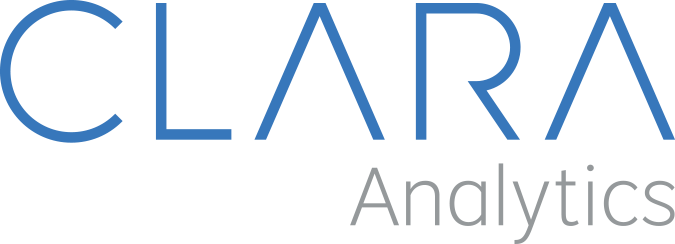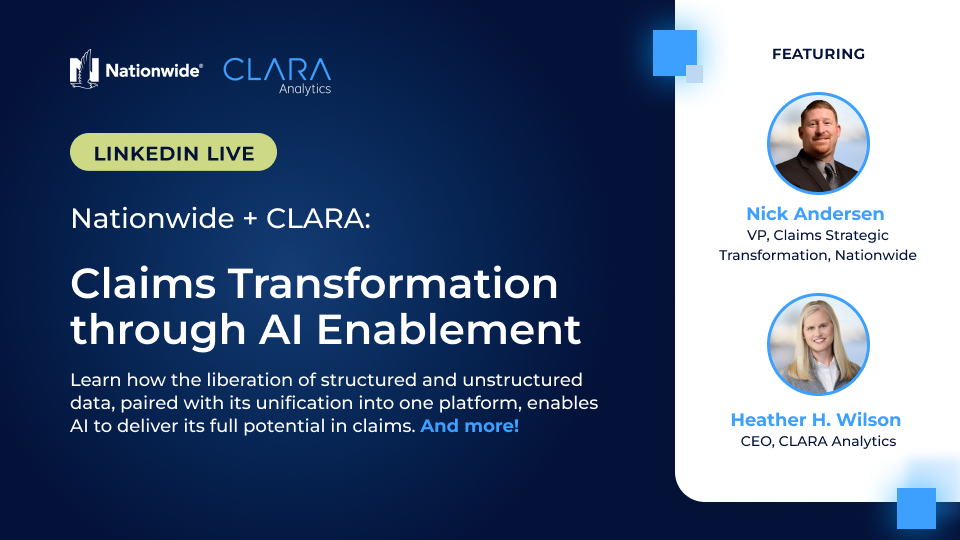You’ve written $1 billion in net written premium, what’s next?
Part 2: Creating hard ROI from AI investment.
By Robin Spalding
In part one of this series, we examined AM Best’s 2023 research ranking the Top 100 U.S. Property & Casualty Insurance Companies. The analysis revealed that 31 carriers achieved net written premium (NWP) between $1 billion and $2 billion, while nine carriers approached but remained just below the $1 billion threshold.
These 40 carriers operating at or near the $1 billion NWP threshold are discovering that with increased NWP volume comes more scrutiny. Regulatory agencies, state departments of insurance, and company shareholders start paying closer attention to the carrier’s operations, data, and regulatory compliance.
As premium volume grows, so do the demands and complexity of fiduciary obligations. Before a carrier crosses the $1 billion NWP threshold, they must address several essential questions: Do they have technical debt that needs to be retired? Have they implemented a robust data strategy? Have they developed a comprehensive AI strategy? What specific hard ROIs do they expect to achieve from their planned initiatives?
(Having addressed Questions 1 and 2 in Part 1, this article explores Questions 3 and 4)
To address question three, a 2023 Gartner study provides straightforward recommendations for organizations that want to implement an AI strategy. First, organizations should build a portfolio of impactful, measurable and quickly solvable use cases.
Once these use cases are created, they must define the criteria and key performance indicators that make them impactful and invest in those measurable business use cases that are achievable in a limited time frame. This recommendation addresses both Questions three and four.
The study emphasizes the importance of assembling or hiring staff with skills critical to solving these use cases, essentially getting the “right people on the bus, sitting in the right seats.” Organizations should structure their AI use case delivery process around cross-functional teams with the right mix of competencies, seeking individuals with subject matter expertise in AI, IT and insurance.
Data management is crucial to success. Organizations need to gather appropriate data relevant to the selected use cases by assigning data experts to select, secure, prepare and, if needed, “clean” the appropriate data linked to the selected use cases. They must also select AI techniques and tools that align with their use cases, skills and data, determining the most appropriate options based on the problems to be solved and the skills at their disposal.
Finally, organizations should focus on keeping AI technical debt at a minimum by maintaining learning within the organization through an AI expertise organizational structure designed for knowledge transfer and problem solving.
Gartner’s recommendations emphasize a quick time-to-value perspective. Again, this is not a comprehensive AI strategy. A true AI strategy comes after implementing these recommendations, documenting the results, and incorporating the learning experiences into a comprehensive strategy.
To address Question four, let’s start with the data. AI projects are dependent on a significant volume of clean data. Many carriers are saddled with legacy core systems or insufficient data conversion efforts. They do not have enough quality data to implement AI and get a proper ROI. If a carrier has access to enough clean data, the path to creating and achieving hard ROIs from AI initiatives is clearer.
There are three common guidelines for creating hard ROIs from investing in AI:
Business Value: Let’s talk about business. Imagine the expected positive impact on your target operating model (TOM) from implementing selected AI initiatives. How much impact should each AI initiative bring to your operational efficiency, effectiveness or customer service? How much of an improvement do you expect in your combined ratio? Will you gain efficiencies from improved claims underwriting coordination? How much will customer NPS scores improve? How much improvement is realistic, and how soon should these improvements materialize? Finally, what was the cost of these AI initiatives?
Stakeholder Value: What value will your stakeholders realize from the data insights gained through AI initiatives? Data insights could benefit your staff, your agents/brokers, insureds, shareholders, and even society at large. This guideline also provides positive implications to a carrier’s TOM.
Information Value: If the implemented AI initiatives improve the quality of your data insights while improving the information management process itself, there is an obvious efficiency lift to a carrier. The positive impact on improved regulatory compliance will contribute to the ROI from AI. This guideline also provides other positive implications to a carrier’s TOM.
As fiduciary agents experiencing continued growth in net written premiums, P&C carriers must address two critical questions: “Do we have a comprehensive AI strategy?” and “What should be the hard ROIs from our planned initiatives?”
As first seen in PropertyCasualty360




